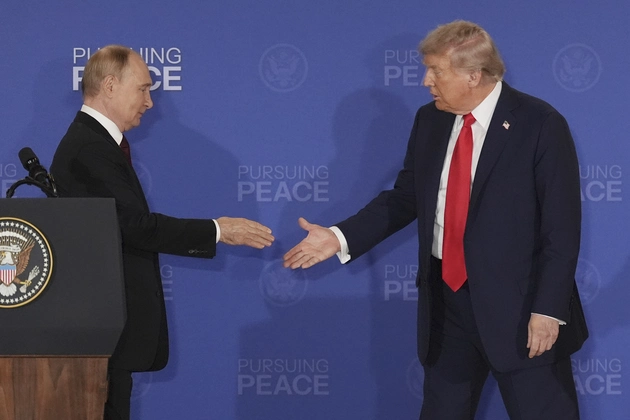By Desmond Nleya
No peace agreement or ceasefire was reached. Despite both leaders using optimistic language about the meeting’s tone, no concrete deal was struck to halt the war in Ukraine.
Trump described the summit as “productive” and said they made “headway,” but he emphasized: “There’s no deal until there’s a deal.”
Putin, meanwhile, spoke vaguely of an “understanding” and cautioned Europe not to disrupt the nascent progress—but again, no specifics or commitments were offered.
Political Theater vs. Diplomatic Progress
The event unfolded with drama: a red-carpet welcome, military fly-overs, and Putin even joining Trump in the president’s limousine—a symbolic gesture that raised eyebrows about optics.
Many observers saw it as more of a public relations victory for Putin—a signal of restored legitimacy. Ukraine’s ambassador to Australia sharply criticized Putin for using the summit to cast himself not as isolated, but rather as a peer without addressing the core issue—the war itself.
Ukraine and Allies: A Critical Stance
Ukrainian President Zelenskyy was not invited, prompting criticism that real peace talks must include Ukraine directly, not just U.S.–Russia backroom discussions.
Analysts and European leaders warned that the summit undermined Ukraine’s bargaining position and could dilute Western leverage, especially as no new sanctions were imposed on Russia afterward.
So: Is There Hope?
Reasons for Optimism
Reopened channels of communication: A face-to-face summit after years of isolation—some diplomacy is better than none.
Potential groundwork laid for future talks involving Zelenskyy and European partners.
Trump expressed willingness to facilitate a trilateral meeting.
Reasons for Pessimism
No tangible progress—no ceasefire, no assurances, no timeline.
Ukraine sidelined, which undermines the legitimacy of any deal that doesn’t involve it.
Putin’s hardline positions remain unchanged, tied to demands on NATO and Ukraine’s political direction.
Risk of legitimizing aggression: The summit optics raised concerns that the West may be normalizing or easing pressure on Russia without concrete returns in peace.
Is there hope?
Some—but it’s fragile, conditional, and contingent on real inclusion of Ukraine and Western allies.
If this meeting serves merely as a dramatic photo opportunity, there’s little reason for optimism.
However, if followed by sincere, structured talks—including Ukraine directly, backed with enforceable guarantees and no territorial concessions—this could be a stepping stone, albeit a very tentative one.
At present, hope exists in principle, but without concrete action or inclusion of Ukraine, it remains more aspirational than actual.


